Japanese Red Maple Seeds
nicholiarelius
17 years ago
Related Stories

TREES11 Japanese Maples for Breathtaking Color and Form
With such a wide range to choose from, there’s a beautiful Japanese maple to suit almost any setting
Full Story
TREESGreat Design Plant: Coral Bark Japanese Maple, a Winter Standout
Go for garden gusto during the chilly season with the fiery red stems of this unusual Japanese maple
Full Story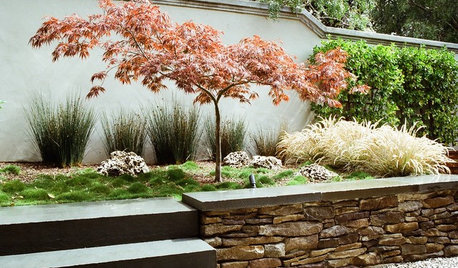
GARDENING AND LANDSCAPINGGreat Design Tree: Japanese Maple
Lacy form and fiery fall color make Japanese maple a welcome tree for garden or patio
Full Story
GARDENING GUIDES13 Japanese Maples for Shade
A surprising variety of these understory trees is waiting to make a statement in your shade garden
Full Story
GARDENING GUIDES12 Japanese Maples for a Sunny Garden
The right maple in the right place shines in hot summer sun
Full Story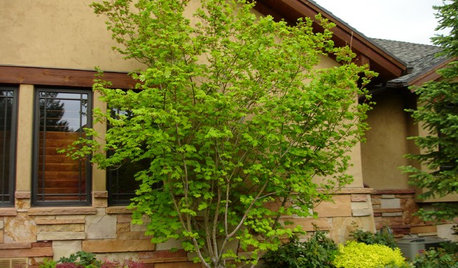
LANDSCAPE DESIGNGreat Design Plant: Vine Maple
Exciting year-round color and adaptability make this highly ornamental native small tree a top choice for home gardens
Full Story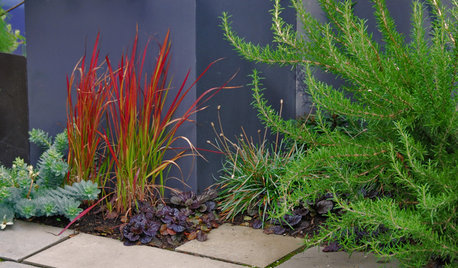
RED FOLIAGEGreat Design Plant: Japanese Blood Grass
This dramatic, ruby-tinged grass bridges the gap between red and green, short and tall plants
Full Story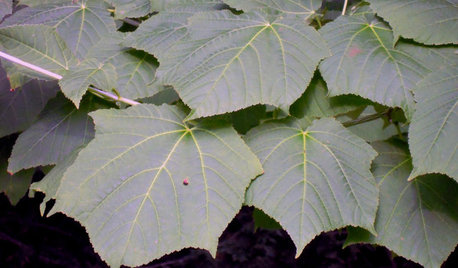
GARDENING GUIDES5 Amazing Small Maple Trees
There's more to maples than syrup. Expand your maple milieu with any of these 5 small and unusual trees
Full Story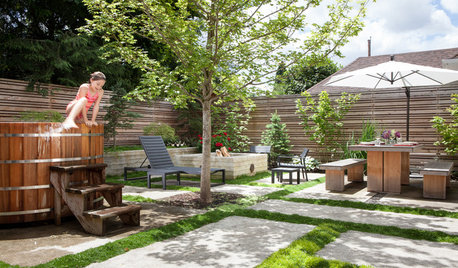
PATIOSBackyard Ideas: Writer's Studio and a Japanese-Inspired Garden
A nearby Japanese garden inspires a feature-packed backyard and studio for a work-from-home Portland writer
Full Story
GROUND COVERSNative Alternatives to English Ivy, Japanese Pachysandra and Periwinkle
These shade-loving ground covers are good for the environment and say something about where you are
Full Story







nicholiareliusOriginal Author
lucy
Related Professionals
La Marque Landscape Architects & Landscape Designers · Amesbury Landscape Contractors · Fort Payne Landscape Contractors · Gloucester Landscape Contractors · Gurnee Landscape Contractors · Lady Lake Landscape Contractors · Lake Worth Landscape Contractors · Longmont Landscape Contractors · Maywood Landscape Contractors · Norwalk Landscape Contractors · Rosemount Landscape Contractors · Gladstone Decks, Patios & Outdoor Enclosures · Monroe Decks, Patios & Outdoor Enclosures · Palm Beach Gardens Decks, Patios & Outdoor Enclosures · White Bear Lake Decks, Patios & Outdoor EnclosuresnicholiareliusOriginal Author
gnome_in_pa
lucy
nicholiareliusOriginal Author
gnome_in_pa
jamkh
nicholiareliusOriginal Author
nicholiareliusOriginal Author
gnome_in_pa
lucy
vancewood
nicholiareliusOriginal Author
vancewood
jamkh
nicholiareliusOriginal Author
gnome_in_pa
vancewood
gnome_in_pa
vancewood
jamkh
vancewood
bulldog53
eddy24
rita_from_mo